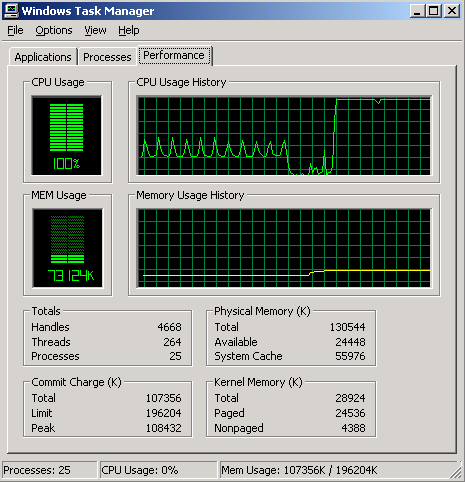Cisvc.exe is a Windows operating system file and is part of the Windows indexing service – also known as the “Content Indexing Service”. However, there are actually two items that use this name, one legit and one not so much.
The real Cisvc.exe process is to ensure that the Windows indexing service does not over utilize your computer’s memory (RAM) and CPU resources. It is also responsible for monitoring Cideamon.exe to ensure that low memory problems do not occur and it normally goes unnoticed as it operates when the computer is not busy performing other tasks.
The other Cisvc.exe one is actually a keylogger and may have been installed on your PC as part of the Family Keylogger program (it spies and records the actions of other users on your computer), or as part of a trojan or shady spyware application.
Solutions For Cisvc.exe High CPU Usage
Although Cisvc.exe job is normally to monitor system resources, it can sometimes be the problem of hogging CPU resources and cause your computer to run extremely slow. See the example below:
NOTE: always run a recommended PC Cleaner to ensure you PC registry is cleaned before manually making changes to your computer. Be sure to run it on a monthly basis.
If you don’t really use Windows Indexing Service (most people don’t) and just want to stop it from utilizing your CPU resources, then you can safely turn it off following the steps below:
- Go to the Start menu and select Control Panel.
- Go to Add or Remove programs option.
- Click the Add/Remove Windows Components option.
- Uncheck the box next to Indexing Service and then click Next.
- Click Finish. Windows Indexing Service is now disabled on your computer.
- Reboot your computer.
Once you restart Windows, your computer should be fast again and Cisvc.exe should not be running any longer eating up your CPU resources. If you ever need to turn Windows indexing back on, just follow the steps above but check the Indexing Service option box.
If the problem persists, your computer might have been hacked by a keylogger or other undesirable software application.
Go to our recommended software page and download ESET NOD32. This should be able to detect and remove any keylogger that might be installed.

